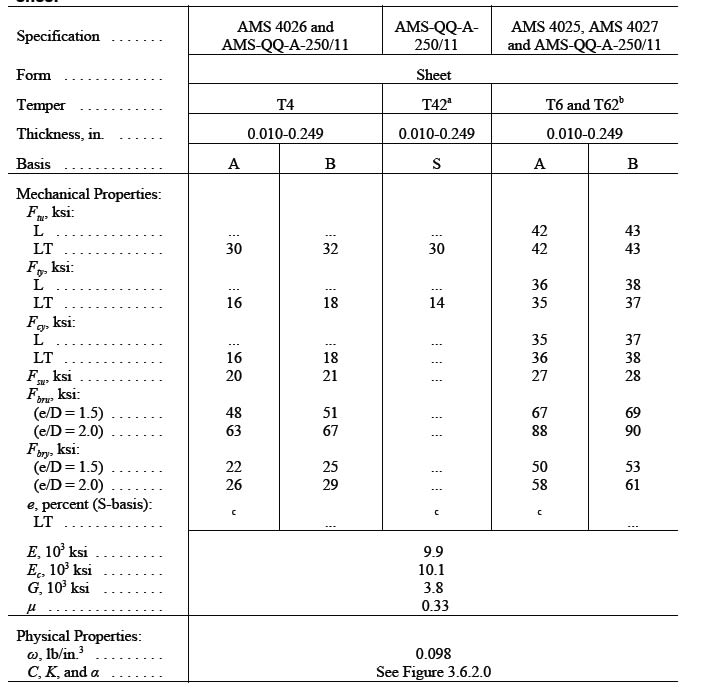I was in a discussion with a colleague about grain structure and I think I've misinterpreted what my instructor at university taught.
We covered grain structure in martensitic vs spheroidite of the nucleation vs grain growth of the materials. From my understanding, the martensitic material nucleates due to quenching which stiffens the material and has a higher elastic modulus but low ductility whereas spheroidite has low nucleation but more grain growth and is therefore more ductile but has a lower elastic modulus.
My colleague mentioned the grain structure has no effect on aluminum and only the crystal lattice will effect the stiffness of the material. They stated the grain structure only plays a role in the plastic range of the material and not the elastic region which my instructor never mentioned. From some cursory reading, it appears to agree with him and that grain structures only inhibit dislocations through slip planes.
Is this true and are there any specific resources about this? I was under the assumption the elastic range was still affected by grain structure.
We covered grain structure in martensitic vs spheroidite of the nucleation vs grain growth of the materials. From my understanding, the martensitic material nucleates due to quenching which stiffens the material and has a higher elastic modulus but low ductility whereas spheroidite has low nucleation but more grain growth and is therefore more ductile but has a lower elastic modulus.
My colleague mentioned the grain structure has no effect on aluminum and only the crystal lattice will effect the stiffness of the material. They stated the grain structure only plays a role in the plastic range of the material and not the elastic region which my instructor never mentioned. From some cursory reading, it appears to agree with him and that grain structures only inhibit dislocations through slip planes.
Is this true and are there any specific resources about this? I was under the assumption the elastic range was still affected by grain structure.

